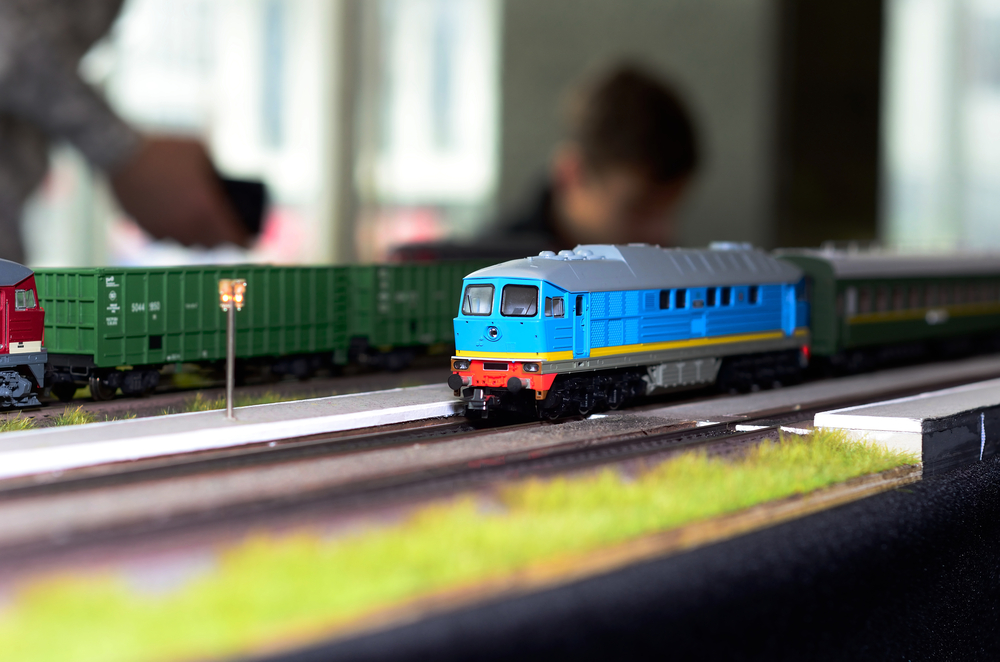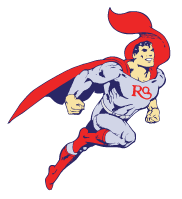Model trains have a timeless allure that captures the hearts of enthusiasts, young and old. Building a model train layout from the ground up is a creative and satisfying endeavor that lets you bring tiny worlds to life. Whether you’re a seasoned enthusiast or a newbie to the world of model railroading, this thorough book will help you get started.
1. Planning Your Route:
Before diving into the construction phase, planning your layout is crucial. Consider the available space, the scale of your model, and your specific interests. Will your train wind through mountains, traverse a bustling cityscape, or meander through rural landscapes? Sketching a rough design on paper helps you visualize the layout and make necessary adjustments before construction begins.
2. Choosing the Right Scale:
Model trains come in various scales, representing the ratio of the model’s size to that of a real train. Standard scales include HO (1:87), N (1:160), and O (1:48). The scale you choose depends on factors like available space, desired level of detail, and personal preference. Larger scales allow for intricate detailing but require more space, while more minor scales are ideal for compact layouts.
3. Gathering Materials:
With your plan in hand, gather the necessary construction materials. This includes a sturdy baseboard or plywood for the layout surface, track components, and landscape materials such as foam, cork, or sculpting plaster. Invest in quality track pieces, ensuring they are compatible with your chosen scale and laid out precisely.
4. Laying the Tracks:
Start by laying the tracks according to your design. Use a track plan or layout design software to ensure accuracy. Pay attention to curves, elevation changes, and potential obstacles. Secure the tracks firmly to the layout surface, and consider using flex tracks for more intricate designs. Wiring is crucial at this stage; plan for a reliable power supply and ensure all channels are connected adequately for smooth operation.
5. Building the Base Landscape:
Once the tracks are in place, it’s time to sculpt the landscape. Add elevation changes, mountains, valleys, and bodies of water using materials like foam, plaster, or cardboard strips. Create a solid foundation for your scenery, keeping in mind the natural flow of the landscape. Be patient during this phase, as the detailing of the landscape is what will make your model train layout come alive.
6. Adding Realistic Scenery:
Enhance the visual appeal of your layout by adding realistic scenery elements. Use model grass, trees, and shrubs to create a lifelike environment. Consider incorporating details like roads, buildings, and people to add character to your miniature world. Weathering techniques can be applied to structures and trains for an authentic, aged appearance.
7. Wiring and Electronics:
A well-wired model train layout is essential for smooth operation. Install a reliable control system, ensuring that all tracks are powered evenly. Consider adding features like signals, lights, and automated accessories to add realism to your layout. Proper wiring is critical to prevent short circuits and ensure the longevity of your equipment.
8. Test and Refine:
Before finalizing your model train layout, conduct thorough testing. Run your trains along the tracks, observing for derailments, electrical issues, or other potential problems. Make adjustments as needed, and don’t hesitate to refine your layout based on practical considerations and personal preferences.
9. Maintenance and Upkeep:
Once your model train layout is operational, regular maintenance is crucial in preserving its longevity. Clean tracks and wheels regularly to prevent dirt and debris buildup. Check wiring connections and power sources periodically. A well-maintained layout ensures smooth and reliable operation over time.
10. Joining the Model Railroad Community:
Building a model train layout is a journey best shared with others who share your passion. Join local model railroad clubs, attend exhibitions, and participate in online forums to connect with fellow enthusiasts. The model railroad community is a wealth of knowledge; sharing your experiences can be enjoyable and educational.
Crafting a Miniature Masterpiece
Building a model train layout from the ground up is a labor of love that demands inspiration, precision, and a passion for trains. Remember that the joy is not just in the result but also in bringing your miniature world to life as you embark on this fast-paced journey. Enjoy the ride, and let your imagination guide you as you create a captivating and personalized model train layout. All aboard!


